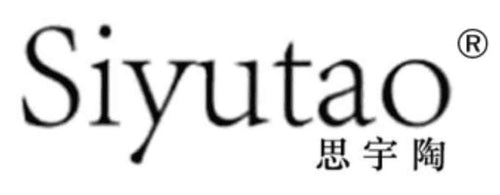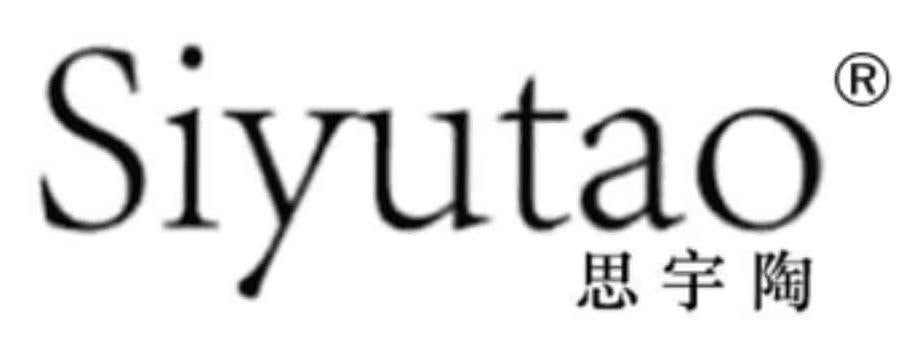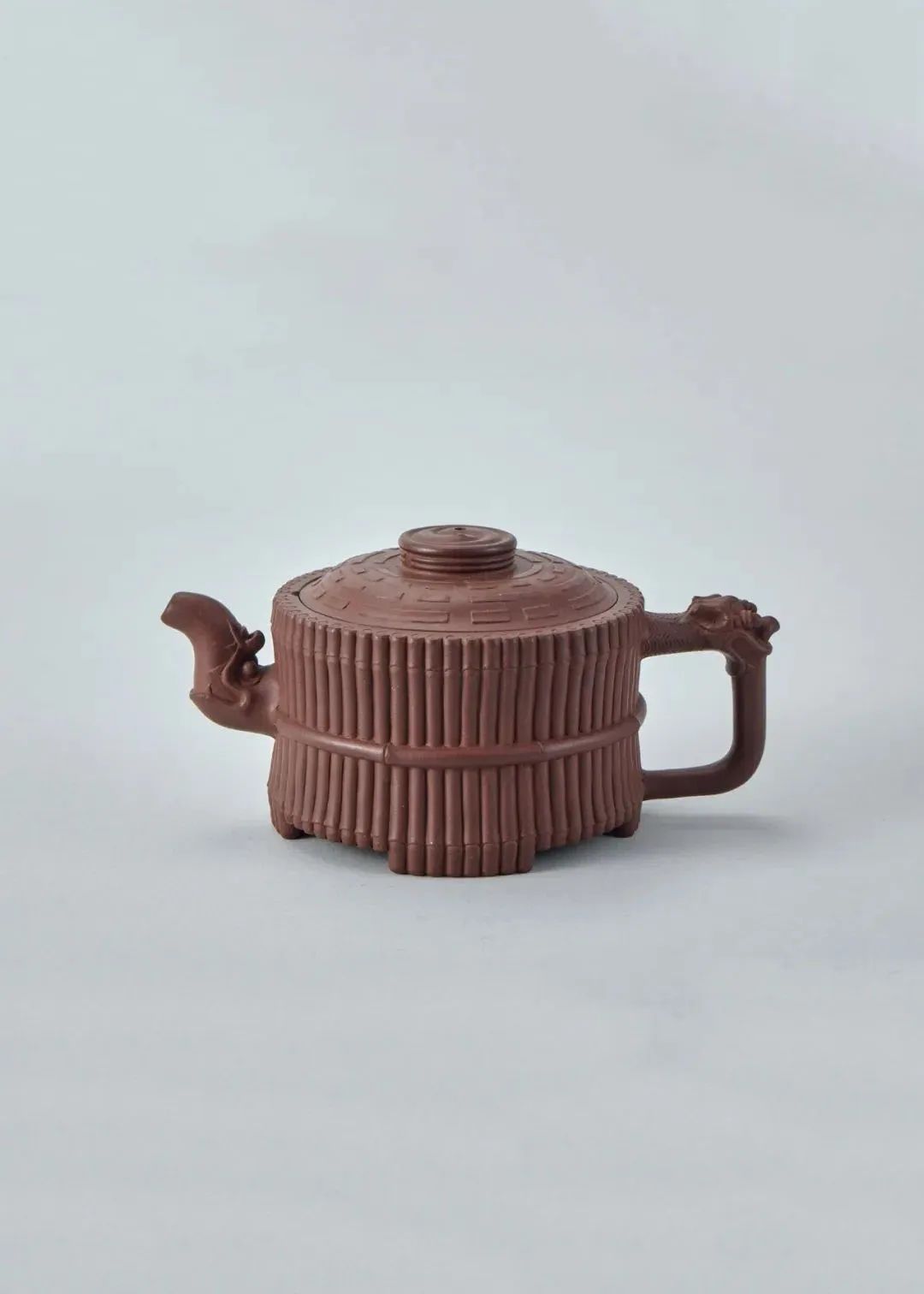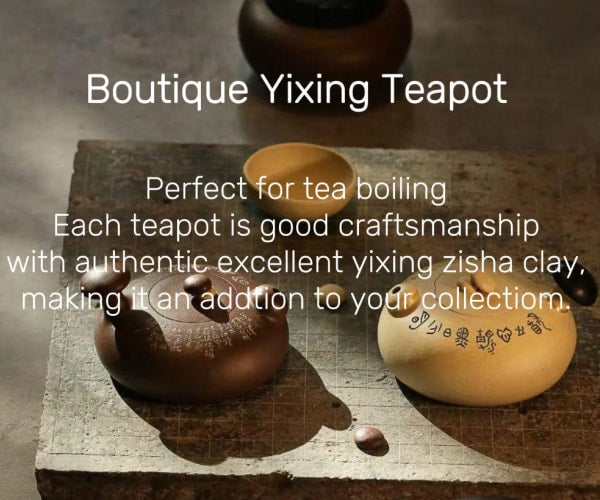What is a Famous Yixing Teapot?
1. Gongchun Teapot
Made by Gong Chun during the Zhengde to Wanli periods of the Ming Dynasty, this teapot features a unique design inspired by the gnarled burl of a ginkgo tree. Its textured surface, with intricate凹凸 (concave-convex) details, marked the dawn of the purple clay (zisha) era.

2. Shipiao (Stone Dipper) Teapot
Designed by Chen Mansheng, one of the "Eight Masters of Xiling" in the mid-to-late Qing Dynasty, and crafted by the renowned potter Yang Pengnian, this teapot boasts versatile forms. Since the first "Mansheng Shipiao" was created, over 20 variations have been derived.

3. Fish-Dragon (Huayulong) Teapot
Pioneered by Shao Daheng in the Qing Dynasty, this teapot showcases ingenious and mesmerizing craftsmanship. The dragon’s tongue on the lid moves flexibly, leaving a lasting impression.

4. Wind-Rolled Sunflower (Fengjuan Kui) Teapot
Created by Yang Fengnian, a female zisha artist during the Jiaqing period of the Qing Dynasty, this teapot exudes vivid charm. Its interwoven sunflower leaves symbolize the interdependence of all things.

5. Herald of Spring (Baochun) Teapot
Designed by Zhu Kexin, one of the "Seven Elders of Modern Zisha," this teapot is elegant and full-bodied. It typically features carvings of the "Three Friends of Winter"—pine, bamboo, and plum—highlighting their noble resilience against the cold.

6. Classic Imitation (Fanggu) Teapot
Crafted by Shao Daheng in the Qing Dynasty, this teapot embodies flowing lines, dignified elegance, and perfect proportions. Its rounded,饱满 (plump) form makes it a masterpiece among round-shaped teapots.

7. Duoqiu (Stacked Spheres) Teapot
Also by Shao Daheng, this teapot masterfully applies the golden ratio and geometric harmony of circles. Its large, spherical body contrasts with a short, forward-spouting mouth, creating graceful curves.

8. Well Curb (Jinglan) Teapot
Designed by Chen Mansheng and made by Yang Pengnian in the late Qing Dynasty, this teapot mimics the shape of a well’s curb. Its rustic yet refined style features a short spout and round handle, blending simplicity with古典 (classic) charm.

9. Ti Bi (Jade Belt) High-Handle Teapot
A magnum opus by modern zisha master Gu Jingzhou, this teapot was refined through four design revisions over 20+ hours, building upon the styles of "Dabin High-Handle" and "Xumao High-Handle." It represents the pinnacle of his心血 (heartblood), effort, and wisdom.

10. Dragon Head & Eight Trigrams Bamboo Bundle Teapot
Crafted by Shao Daheng in the Qing Dynasty, this teapot integrates traditional Chinese culture with distinct Eastern aesthetics. Its body comprises 64 bamboo strips, symbolizing the 64 hexagrams of the I Ching. The base symmetrically arranges eight bamboo strips per section, creating harmonious呼应 (visual echoes).

Notes:
-
Cultural terms (e.g., 紫砂 "zisha," 八八六十四卦 "64 hexagrams") are preserved with explanations.
-
Poetic names (e.g., 风卷葵 "Wind-Rolled Sunflower") are translated literally with context.
-
Descriptive phrases like "气韵生动" (vivid charm) adapt to natural English idioms.



